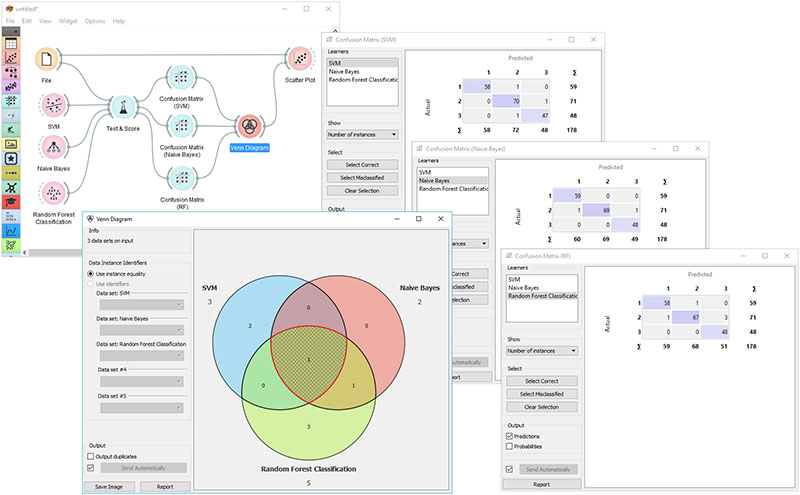Art Salmi: Discovering Creative Insights
Explore the world of art and creativity with insightful articles and inspiration.
Visualize This: Turning Data into Art
Transform your data into stunning art! Discover creative visualization techniques that make complex info captivating and beautiful.
The Art of Data Visualization: Techniques to Transform Numbers into Stunning Visuals
In today's data-driven world, the ability to communicate insights effectively is crucial. The art of data visualization involves employing various techniques to transform numbers into stunning visuals. By utilizing tools like Tableau or Power BI, you can create interactive dashboards that not only tell a story but also engage your audience. Crucial elements include selecting the right type of chart for your data, ensuring clarity, and maintaining an aesthetically pleasing design. Remember, a good visualization reduces cognitive load and aids in the quick comprehension of complex data.
When considering techniques for data visualization, it's important to remember the principles of design. Utilize color strategically; for instance, a color wheel can help you choose complementary colors that enhance readability. Additionally, leverage white space to prevent visual clutter. Infographics are another popular method to present data concisely. By combining visuals with minimal text, you can create compelling narratives that resonate with your audience. Ultimately, mastering the art of data visualization not only enhances your content but also fosters better understanding and retention of information.

How to Choose the Right Chart: A Guide to Effective Data Storytelling
In the world of data storytelling, choosing the right chart is crucial for effectively conveying your message. Different types of charts serve various purposes, and understanding these distinctions can help you present your data in a way that resonates with your audience. For example, Tableau's guide on data visualization highlights how bar charts excel in comparing quantities across categories, while line charts are ideal for showcasing trends over time. Before you start crafting your narrative, assess the data you have and determine the best visual format to express your insights.
When selecting a chart, consider the following factors:
- Data Type: Identify whether your data is categorical, continuous, or temporal.
- Audience: Tailor your visuals based on your audience's familiarity with data interpretation.
- Purpose: Determine if your goal is to compare values, show relationships, or highlight trends.
Can Data Visualization Enhance Your Creative Process? Exploring the Intersection of Art and Analytics
Data visualization is not just a tool for presenting statistics; it serves as a vital element in enhancing the creative process. By transforming complex datasets into intuitive and easily digestible visuals, artists and creators can unveil patterns and insights that might otherwise remain hidden. According to a Forbes article, effective data visualization helps to improve understanding, which can inspire new ideas and directions in art. Visual representations of data can spark creativity, drawing connections between seemingly unrelated concepts and ultimately leading to innovative outcomes.
Moreover, the intersection of art and analytics encourages a multidisciplinary approach that enriches both fields. Artists employing data visualization techniques can engage their audience by presenting critical messages through compelling visual narratives. For instance, the use of Tableau to create stunning visualizations not only communicates information but also evokes emotional responses, thereby enhancing the overall creative experience. This fusion of art and analytics empowers creators to explore uncharted territories in their work, illustrating how data visualization can indeed elevate the creative process.